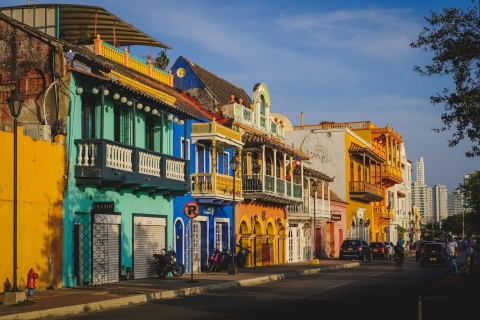Sucre Weather and Climate: A Comprehensive Guide
Sucre maintains a fairly consistent warm average temperature.
It is also known for its large amounts of rainfall.
Now, let’s explore all the climate details to give you a full picture.
Average maximum day and minimum night temperature
With minimal seasonal shifts, Sucre experiences a constant climate year-round. Typically, average maximum daytime temperatures range from a comfortable 24°C in October to a pleasant 21°C in the coolest month, July.
Nights are cooler, with lows often dropping to around 4°C during the colder months. Check out our detailed temperature page for more information.Temperature ranges by month
Precipitation and rainy days
Sucre has a notably wet climate with abundant precipitation, recording 1086 mm of rainfall per year. The climate in Sucre shows significant variation throughout the year. Expect heavy rainfall in January, with an average of 206 mm of precipitation over 16 rainy days. In contrast, June offers drier and sunnier days, with around 17 mm of rainfall over a single rainy day. For more details, please visit our Sucre Precipitation page.The mean monthly precipitation over the year, including rain, hail and snow
Average humidity
The relative humidity is moderate throughout the year in Sucre.
The city experiences its highest humidity in February, reaching 70%. In July, the humidity drops to its lowest level at 40%. What does this mean? Read our detailed page on humidity levels for further details.
Relative humidity over the year
partly cloudy and thunder partly cloudy and rain partly cloudy and rainForecast for Sucre
Select a Month of Interest
Check the conditions for any month of the year.
The best time of year to visit Sucre in Bolivia
Other facts from our historical weather data:Most rainfall (rainy season) is seen in January, February and December.
Yes, the months of June and July are very dry.
October has an average maximum temperature of 24°C and is the warmest month of the year.
The coldest month is July with an average maximum temperature of 21°C.
January tops the wettest month list with 206 mm of rainfall.
June is the driest month with 17 mm of precipitation.
No idea where to travel to this year? We have a tool that recommends destinations based on your ideal conditions. Find out where to go with our weather planner.




